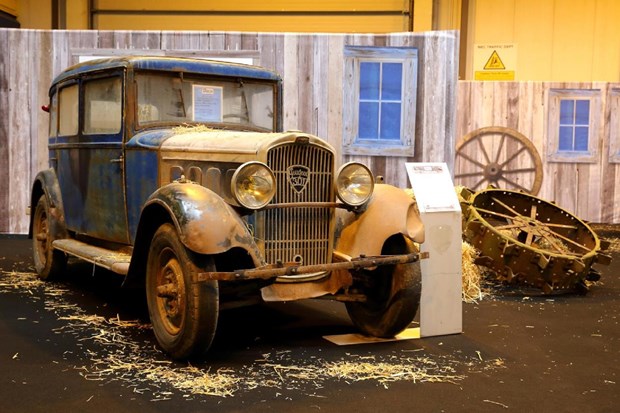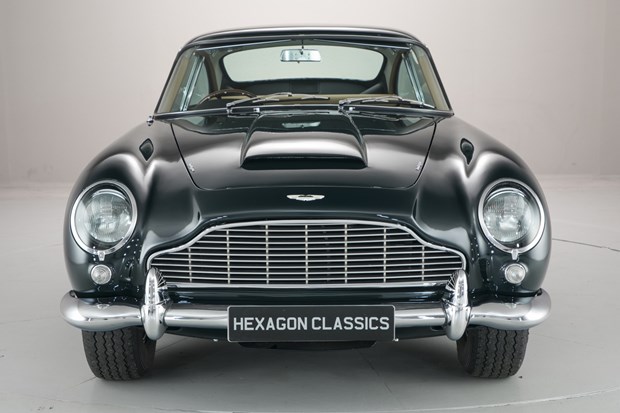
Selling a modern car is generally quite a straight-forward affair. There are a number of car valuation websites out there that will give you a fairly decent estimate of what you can expect to get, and most people agree on what influences values. Stamped service books, lowish mileages for the year and a lack of dents generally work in the seller’s favour.
When it comes to classic cars the situation is somewhat more complicated than that. Sentimentality, originality, historical significance and even famous previous owners can all have a bearing on a car’s value. Of course, in an ideal world we would never have to part with our beloved classics, but if it has to be done then make sure you don’t get short-changed in the process.
Classic car buyers can be an altogether more demanding bunch and correct preparation is key to ensuring that your sale goes through with the best results for both parties.
Washing and Waxing
A bucket of soapy water may be fine for your nearly new Mercedes C-Class but that classic Porsche 911 you are trying to sell will need a little bit more work.
Other than a wash and wax that goes with any sale prep, the engine bay and undercarriage should be thoroughly cleaned too. Spraying water onto an old engine is asking for trouble, so before you get started cover the battery, fuse box, carburettor, distributor and alternator with plastic bags.
Apply engine degreaser to the oily bits and wash it all down with a low-pressure hose. Use a damp cloth on sensitive components and be sure to put a drip tray underneath the engine to collect any oil and grit.
Minor bodywork blemishes and chips, blown light bulbs and worn pieces of trim should be sorted out too. Paintwork unevenness and evidence of rust should either be patched up or disclosed to the potential buyer.

Mechanical Makeover
If you are selling your car for parts or because of a major mechanical issue then you may not want to spend time and money getting everything under the bonnet spotless. Otherwise a clean engine bay and undercarriage can go a long way in showing potential buyers that you care for your car. A blob of grease on the battery terminals reduces corrosion and taking care of any servicing beforehand is also recommended. If you have accumulated a box of spare parts over the years, now is the time to add them to your sale.
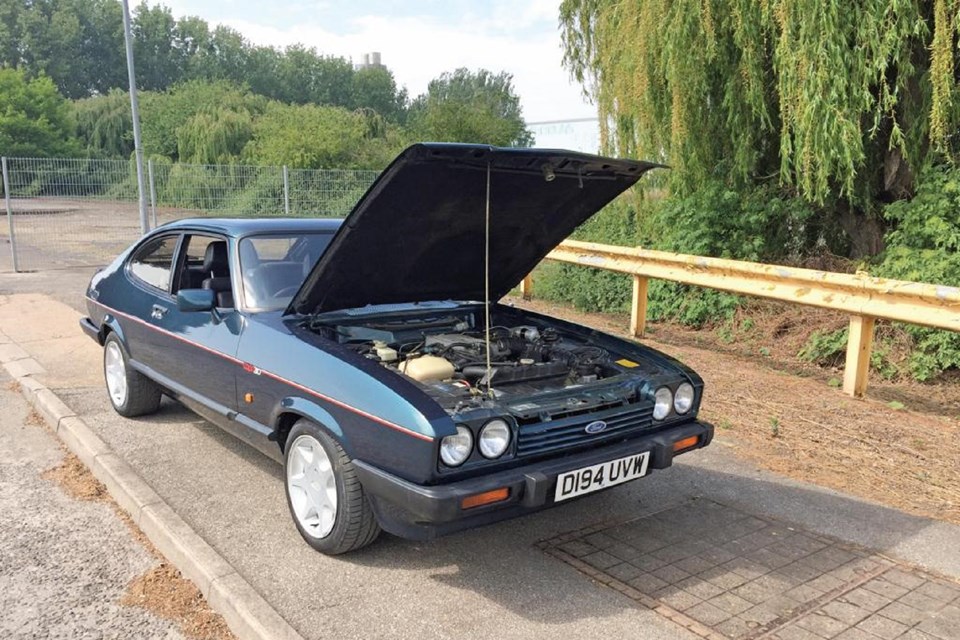
Where (and when) to sell your car
Take quality photos on a brightday and if there are dings and dents then include these too as nothing puts a buyer off as much as an unexpected ‘surprise’ come sale time. Especially if they have made a special trip out to view the car.
Convertibles sell best in the summer months, although international buyers can keep demand remains strong for certain models throughout the year. More exotic vehicles tend to sell better when they are listed close to end-of-year bonus time. List your car too close to the Christmas period though and few people will be seriously considering a purchase while on holiday.
Economic uncertainty (or a global pandemic) can also have a negative effect on values and even a recent fuel price hike can lower demand for a gas guzzler. If you can wait it out then avoid selling at these low points. When it comes to the wording, be clear and concise, cover all the salient points such as mileage and history without going into too much detail.
Pricing Pricing Pricing
Pricing is a moving target when it comes to rare and older cars but a good starting point is a quick check to see what similar vehicles have sold for in the past.
Special factory-fitted features, rarity, low-mileages and originality (matching numbers) are the strongest influencers of classic car prices but things such as a chequered history (famous owners, movie appearances) and the colour all have a bearing on the final value. European buyers tend to be more interested in left-hand drive cars and the fluctuations in major currencies can influence demand levels from foreign buyers.
It may also be a good idea to have a respected specialist or car club provide an official valuation of your vehicle, some charge for this service but it is often a worthwhile expense. Do not put too much stock in the insured value of a classic car as they are rarely accurate and few insurance companies (save for a handful of classic car specialists) will have the expertise to conduct a proper evaluation.
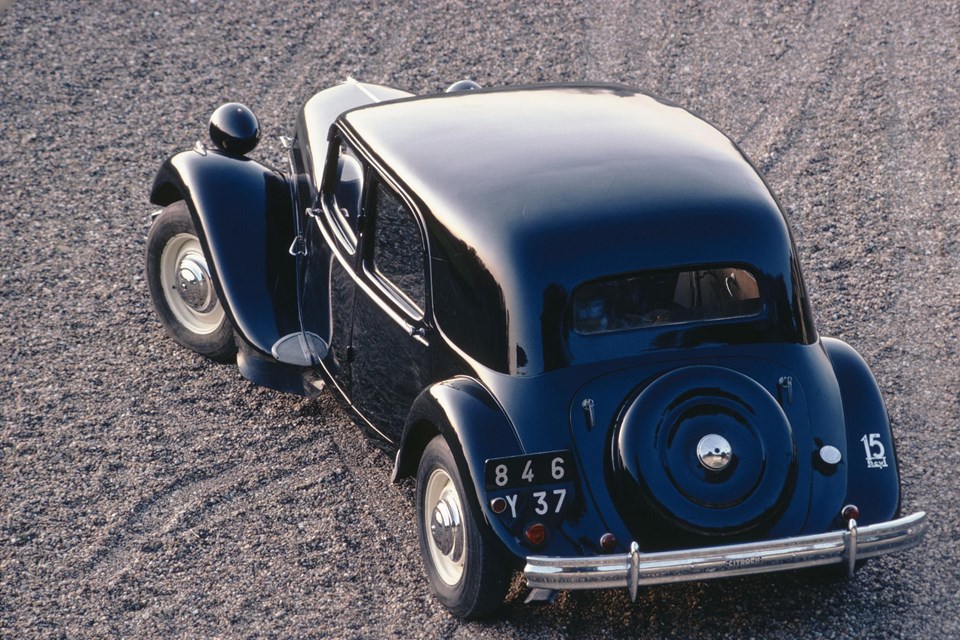
It's time to let her go
If you are not shipping your car off to a far-flung destination or selling it through a broker then it is quite likely that the buyer will be coming to see your car in person. Let them inspect the car on their own once you have shown them around it, a classic car purchase is more often than not a personal thing and they will appreciate the gesture.
Some people will insist on a test drive and this is fine as long as you have verified their insurance status and seen a current driver’s license.
Always accompany the buyer on the drive as this allows you to talk about any peculiarities the car may have and lowers the risk of theft. A pre-planned route is also a good idea, scenic roads and smooth surfaces will leave a better impression than a trip down a traffic-congested city street.
No money, no car
Selling over a weekend can limit your ability to verify whether a payment has cleared as cash is not the most common method of payment when it comes to pricier classics, but it does happen. Unless the funds can be cleared immediately and are visible in your account it is a good idea to wait until you can contact your bank to verify the deposit.
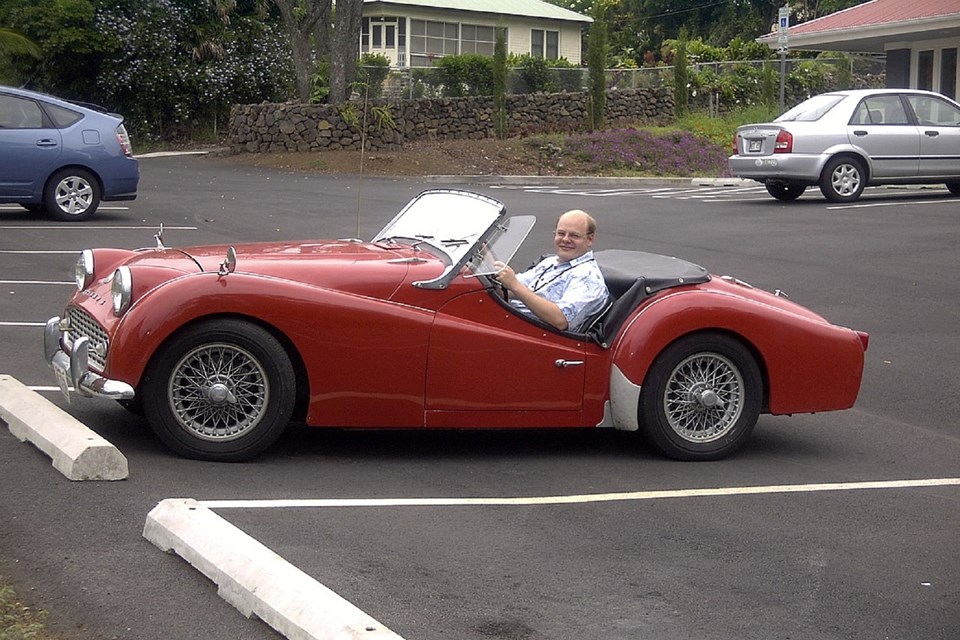
Paperwork Perfection
A key aspect of ensuring a smooth sale is to have all the paperwork in order. Invoices, history files and restoration photos are all great to have on hand. Classic car owners want to know exactly what they are buying so showing detailed info about the make and model as well as comprehensive info about any work done on the car is invaluable.
Originality, low-mileages and regular maintenance all positively affect values but a lack of any paperwork to back this up will greatly reduce your ability to charge for them. Contacting previous owners and collecting information based on the engine and chassis numbers online can bolster your documentation and make for a more representative listing.
We suggest preparing a short document signed by both parties that details the salient points of the transaction. Both the seller’s and buyer’s details as well as the car’s specifics should be listed. Unless you are selling a project car or non-runner, a valid license disc is essential. Stick to these guidelines and both parties should come away satisfied with the transaction.


